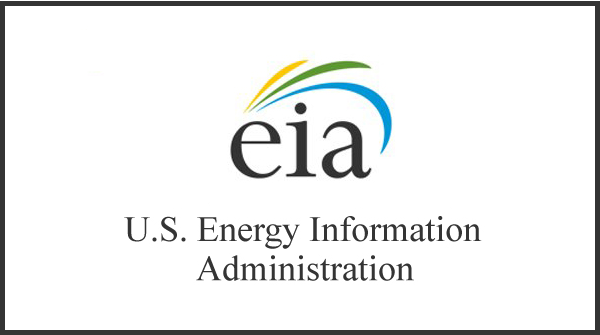The U.S. Energy Information Administration (EIA) has announced that the fleet of U.S. commercial nuclear reactors produced more electricity in 2018 that in any previous year. In 2018, U.S. nuclear power generation of eight hundred seven and one tenth terawatts was slightly higher than 2010, the previous peak year at eight hundred seven terawatts. However, the U.S. commercial nuclear power industry has been in serious decline for years. The EIA says that the peak in electrical generation in 2018 occurred because of fortuitous scheduling and a practice called “uprating” in which old power plants are allowed to output more power than their original licensed rating. The EIA says that we should not expect to see this level of electrical generation again soon if ever.
Since the previous peak in nuclear power generation in 2010, five gigawatts of nuclear capacity have been retired as aging nuclear power plants have been permanenly closed. The completion of a new reactor at the TVA’s Watts-Barr nuclear power plant in 2016 did offset retirement losses by adding one thousand two hundred megawatts of U.S. nuclear capacity.
Between 2010 and 2018 many nuclear power plants completed uprates. The original power ratings for many nuclear power reactors were deliberately set very conservatively. Modernizing equipment and using advanced computer modeling have resulted in the relaxation of the older conservative power ratings. It is estimated that two gigawatts of nuclear power capacity have been added to the U.S. nuclear fleet by uprating. Power reactors are being retired faster than they are being built so uprating has been useful in offsetting the reduction in U.S. nuclear capacity resulting from the closure of old power reactors.
Even with the offset of new reactors and uprating, the U.S. nuclear power capacity has only grown about three thousand two hundred megawatts of capacity while losing over five gigawatts of capacity to retirements.
While the loss or addition of capacity is measured in watts, the total annual power output as released by the EIA is measured in watt-hours. A watt hour measures the consumption of a watt of electricity over an hour. If one gigawatt is consumed for twenty-four hours a day for three hundred and sixty five days, that means that eight thousand seven hundred and sixty gigawatts of electricity were consumed that year. In 2018, the U.S. nuclear power fleet operated at a capacity factor of ninety-two and six tenths percent which is the highest ever recorded. Even though the total capacity was reduced, shortening the time for refueling and uprating old reactors resulted in the record production.
Nuclear power reactors must be taken offline for refueling for about twenty-five days every eighteen to twenty four months. This means that some years will see more reactors offline to refuel than other years. 2018 just happened to be a year when fewer reactors than average were offline for refueling. This contributed to the peak power production of 2018.
The new reactor being built in Georgia at the Vogtle nuclear power plant is expected to add two thousand two hundred megawatts of capacity to the U.S. nuclear fleet. A second reactor project at the Summer nuclear power plant in South Carolina fell apart and was cancelled so there will be no additional power coming from that plant.
